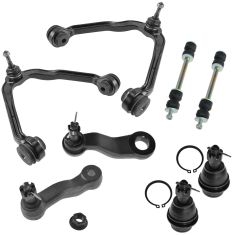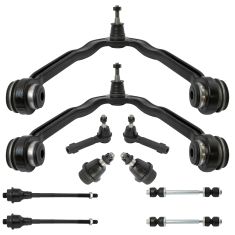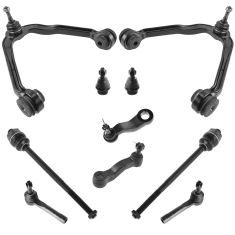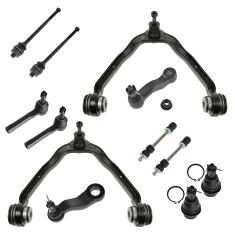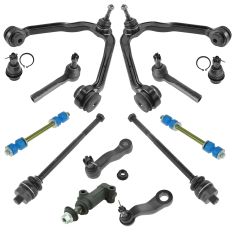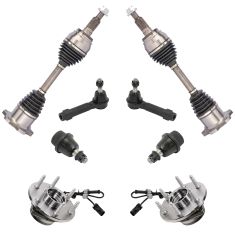1ASFK02451-Chevrolet GMC Cadillac Front 8 Piece Steering & Suspension Kit TRQ PSA58900
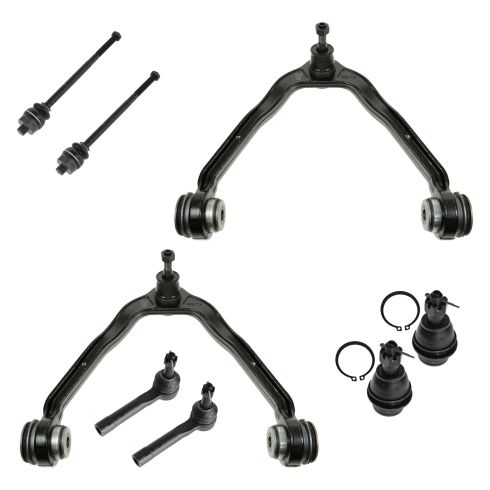
Replaces
2003 GMC Yukon with Cast Iron Lower Control Arms without Aluminum Steering Knuckles Front 8 Piece Steering & Suspension Kit TRQ PSA58900

Product Reviews
Loading reviews
5.00/ 5.0
1
1review
Silverado steering and suspension kit
March 19, 2017
Quality parts, Great price, and free shipping!!! Rebuilt the whole front end of my 2002 silverado for a quarter of the price a shop wanted for just an upper ball joint replacement. Will use 1a auto in the future for sure! Thanks
Customer Q&A
Are the lower ball joints serviceable?
October 20, 2016
10
no
October 24, 2016
Brian F
Does this fit a 03 yukon xl denali?
July 12, 2023
10
Yes, this part will fit your 2003 GMC Yukon XL.
July 12, 2023
Jean O
GMC is a registered trademark of General Motors Company. 1A Auto is not affiliated with or sponsored by GMC or General Motors Company.
See all trademarks.













